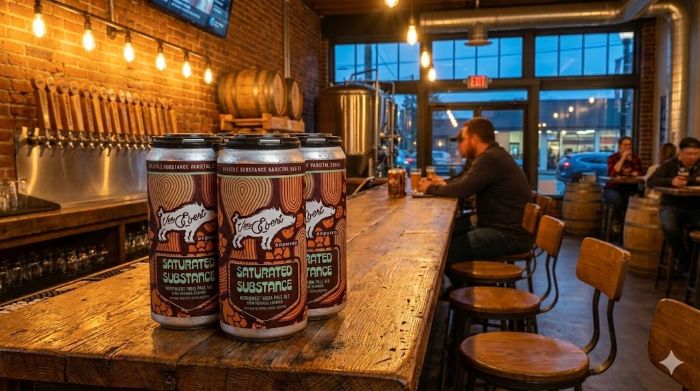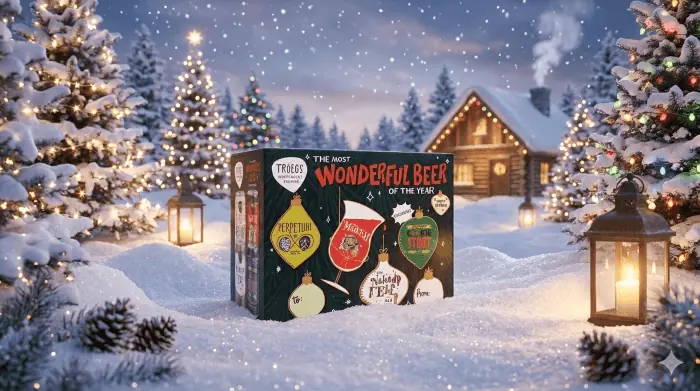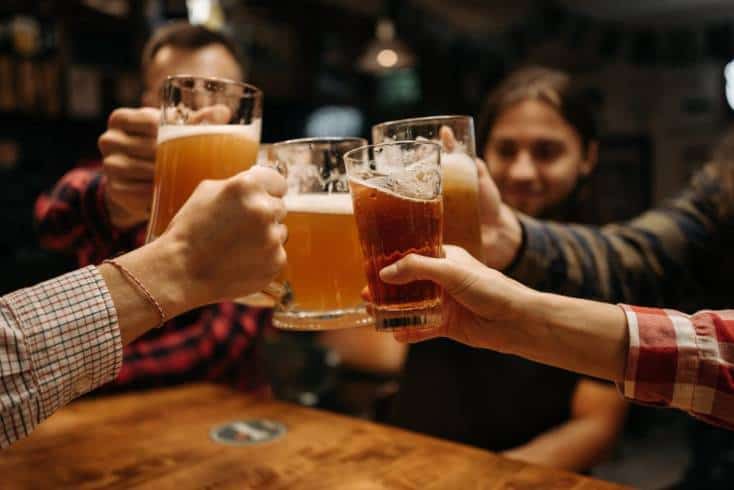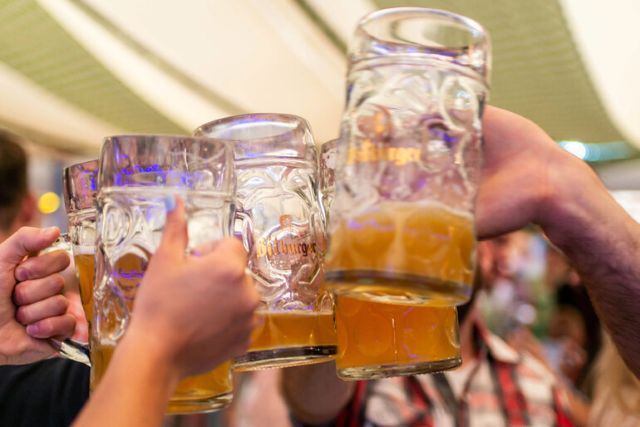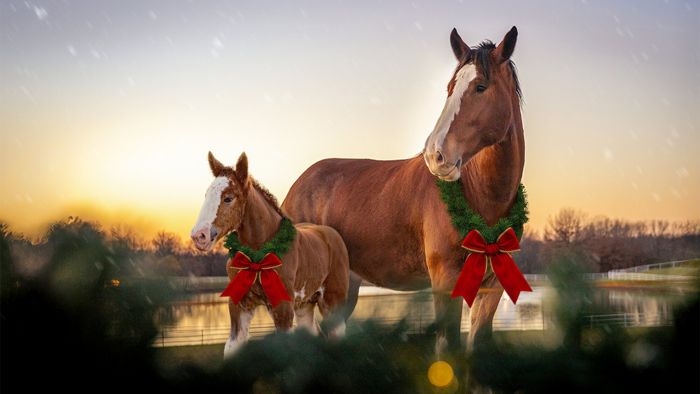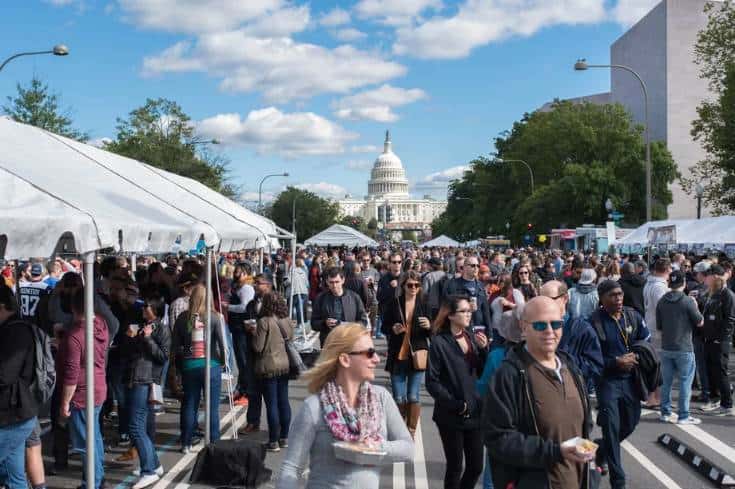A History Of The Beer Garden
A History Of The Beer Garden

(Courtesy Grok AI)
Beer gardens are more than just outdoor drinking spaces—they are cultural institutions that have brought people together for centuries. Originating in Germany, these lively social hubs have spread across the world, evolving with time to reflect local cultures, while maintaining their traditional charm.
The Birth of Beer Gardens
Beer gardens trace their roots back to 16th-century Bavaria, where brewers in Munich needed a way to store their beer during the warm summer months. Before refrigeration, brewers used underground cellars to keep their beer cool. To further insulate these cellars, they planted chestnut trees, whose broad leaves provided additional shade. Over time, brewers began placing tables and benches under the trees, offering beer directly to customers in a relaxed outdoor setting.
This new way of serving beer quickly gained popularity, leading to the rise of biergärten. However, Bavarian authorities initially restricted brewers from selling food to avoid competition with local restaurants. Customers had to bring their own snacks, a tradition that some beer gardens still allow today.
Expansion and Popularity in the 19th Century
By the 19th century, beer gardens had become an essential part of German social life. They flourished in cities like Munich, where major breweries such as Augustiner, Paulaner, and Hofbräuhaus opened large outdoor spaces dedicated to communal drinking. These beer gardens offered an affordable and inclusive place for people from all walks of life to gather, fostering a sense of community.
Beer gardens also began spreading beyond Germany, especially to Austria, the Czech Republic, and Switzerland, where similar traditions developed. The introduction of lager beers, which required cool fermentation temperatures, further popularized beer gardens as ideal locations to enjoy these refreshing brews.
The Influence of German Immigrants
As German immigrants traveled abroad, they brought the beer garden tradition with them. In the United States, cities with large German populations, such as Milwaukee, Chicago, and New York, saw the establishment of beer gardens in the late 19th and early 20th centuries. These American beer gardens combined elements of German tradition with local influences, often featuring music, dance, and family-friendly environments.
Modern Beer Gardens: A Global Phenomenon
Today, beer gardens can be found worldwide, from the streets of Berlin and Vienna to unexpected locations like Tokyo, London, and even Australia. While traditional beer gardens remain strong in Bavaria, with the advent of craft beer modern adaptations have emerged, from the rolling grounds of Jester King Brewery out in Texas Hill Country, to the many urban rooftop settings throughout the US.
The Enduring Appeal of Beer Gardens
Despite changes over time, the core appeal of beer gardens remains the same: a welcoming space where people can gather, enjoy great beer, and share good company. Whether steeped in centuries-old tradition or offering a more contemporary twist, beer gardens continue to thrive as beloved social hubs around the world.
###
Want more on Beer Gardens?
We’ve got ‘em…
The Best (And Worst) US Cities For Beer Gardens And Breweries



